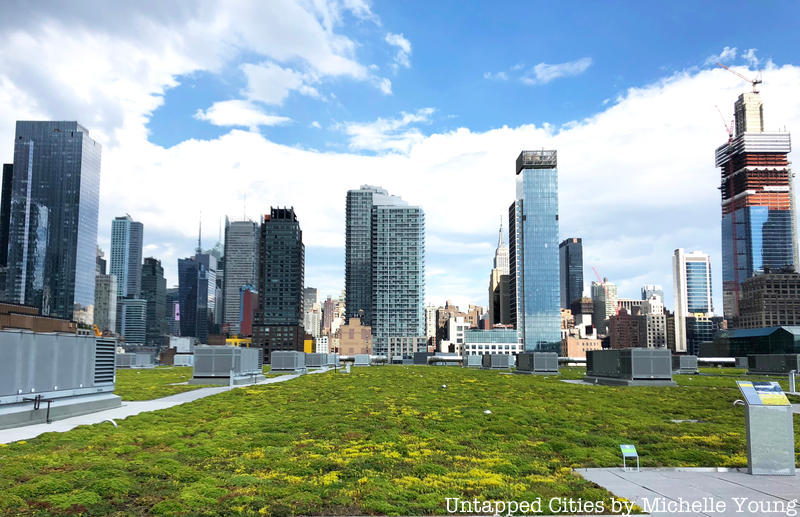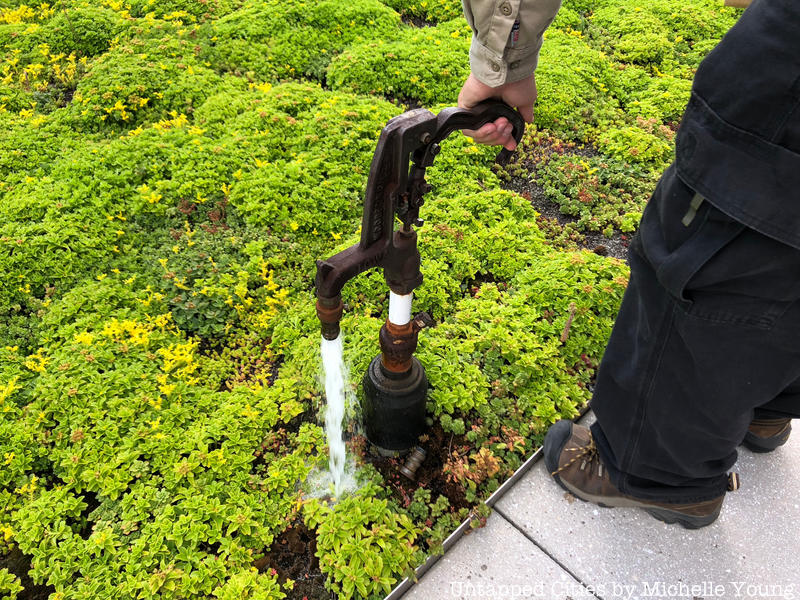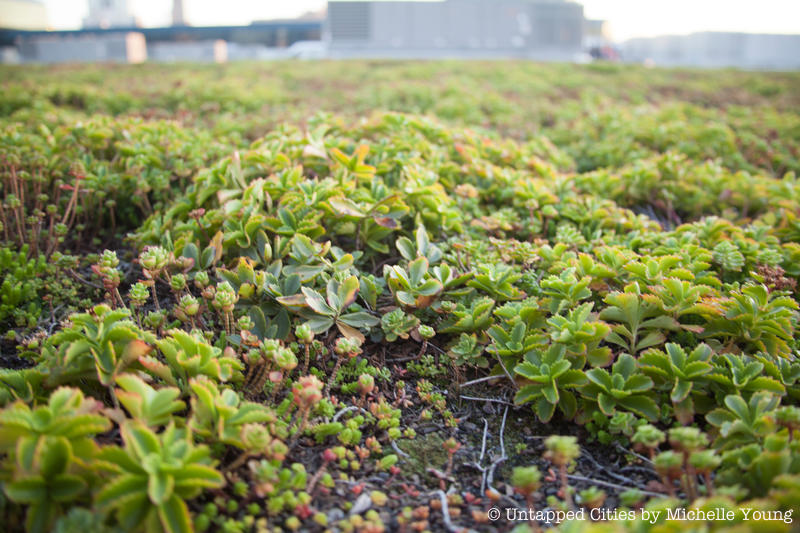What makes a building “eco-friendly”? As we aspire to create a more sustainable city, it can be confusing to understand and differentiate words like “green”, “net-zero”, “eco-friendly”, “sustainable”, or “resilient.” Often, they seem like greenwashing buzzwords. LEED is a type of rating system for green buildings by the U.S. Green Building Council. A building can have a certified, silver, gold, or platinum rating which is based on a range of parameters including water efficiency, lower energy consumption, improved indoor environmental quality, and many more. Yet, even LEED does not account for the inherent contradictions between green and resilient architecture. An old, low-rise, historical building can have a large carbon footprint compared to a compact, energy-efficient residential building, yet its beauty and cultural importance make people want to preserve it for decades. That longevity is a form of resilience, but does not necessarily make the building “green”. In the long term, only buildings that people love, care for and want to preserve can be truly sustainable. Here, we explore 10 of the most eco-friendly sites in Manhattan!
1. The Javits Center Green Roof, 429 Eleventh Avenue, Hell’s Kitchen
Javits Center’s 6.75-acre green roof is one of the largest in the United States, and a wildlife sanctuary for dozens of local and migratory bird species, several bat species, and thousands of insects. The green roof also houses honeybee hives that produce honey which is then sold in tiny jars. The green roof is part of the site’s commitment to “care[ing] deeply about being a better neighbor for our community and our ecosystem.” Protecting our ecosystem also means protecting ourselves and strengthening communal bonds.
According to the Javits Center website, research published by Drexel University and Cooper Union demonstrated that over the course of a year, the green roof retains more than 75% of the rain that hits it, which mitigates nearly 7 million gallons of stormwater runoff annually. In tandem, the green roof reduces heat flux into the building by 46% while reducing the urban heat island effect in the area by about 1.9 degrees Fahrenheit. NYC Audubon was able to use the Javits Center as a success story for influencing legislation related to Local Law 15.








